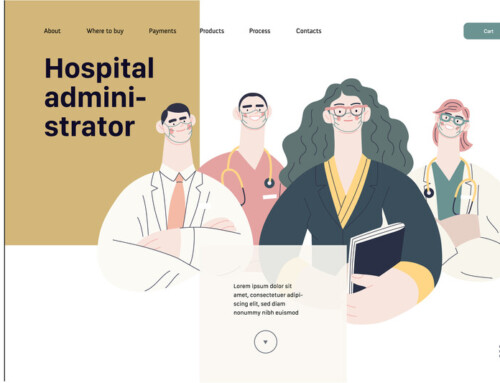 ◆Female Employment Rate at Record High
◆Female Employment Rate at Record High
The government has released this year’s edition of the “White Book on Gender Equality” for the 29th year of Heisei. This white book is an annual report prepared under the Basic Act on Gender Equality, and this year’s report focuses on the state of implementation and the issues incurred after implementation of the Promotion of Women’s Career Activities Act.
According to the same white book, the employment rate of women aged 15-64 in 2016 was 66%, the highest rate on record. This is about 13 points higher than the 53.1% employment seen in 1986 when the Equal Employment Opportunity Law came into effect.
◆What is the Employment Rate by Region?
When broken down by prefecture, the prefectures with the highest rate of employment of women as of 2015 are as follows: Fukui Prefecture with the highest rate (74.8%), then comes Toyama Prefecture (72.2%), and finally Shimane Prefecture (71.8%). One reason that may be considered as to why the Hokuriku region has such high rates is that the number of families living together for 2-3 generations is also high, and therefore the burden of childcare is eased, and an environment in which the woman can return to work after giving birth has been achieved.
Furthermore, the lowest rate of employment was seen in Nara Prefecture (58.5%), Hyogo Prefecture (60.6%), and Osaka Prefecture (61.4%). The 16.3 points difference between Fukui Prefecture and Nara Prefecture point to the fact that there are variations from region to region.
◆Northern Europe comes out on Top
Furthermore, compared to countries overseas, Japan ranked 16th out of 35 countries according to the OECD (Organization for Economic Cooperation and Development), with the OECD average coming in at 58.6% employment.
Iceland remains the country with the highest rate of employment at 81.8% with Switzerland, Sweden, and Norway following thereafter. This adds legitimacy to the statement that Northern European countries have achieved an environment conducive to female employment.
◆30% Female Managers by 2020!
The ratio of female managers is at a national average of 13.4%. Kochi Prefecture (21.8%) and Aomori Prefecture (20.3%) both exceed the 20% mark, while prefectures like Shiga Prefecture and Ishikawa Prefecture (both at 8%) are among six other prefectures with rates at less than 10%. This shows that there are large regional gaps.
One year has passed since the enactment of the Promotion of Women’s Career Activities Act, and the government has set the goal of a 30% ratio for female managers by 2020. From here on out, we must rely on the setting of goals and the promotion of information in order to stimulate this process.





